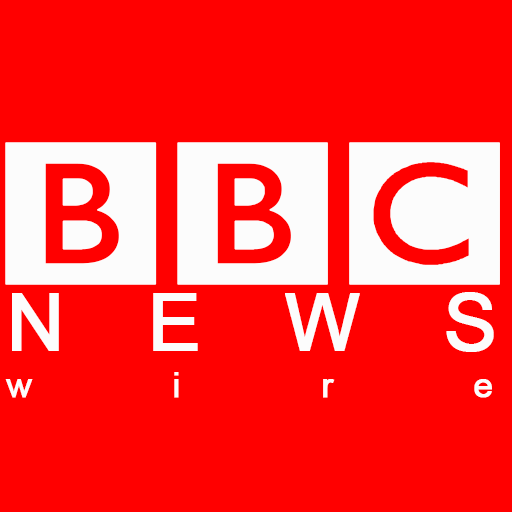Pay growth accelerates for third month in a row despite drop in job vacancies | Personal Finance | Finance
UK earnings growth has risen three months in a row despite tension in the job market as vacancies decline, according to official statistics.
The Office for National Statistics (ONS) reported that average regular pay rose to 5.9% in the three months leading up to December, an increase from 5.6% in the previous three months and the fastest growth since the three months to April last year.
Wages surpassed Consumer Prices Index inflation by 3.4%, added the ONS.
Job vacancies saw another decrease, falling by 9,000 to 819,000 in the three months to January.
However, in a more positive development, the ONS estimated that the number of UK workers on payrolls increased by 21,000 during January to 30.4 million, following a drop of 14,000 in December.
The UK unemployment rate remained steady at 4.4% in the three months to December, although the ONS reiterated caution over this figure due to a revamp of the national jobs survey.
This data comes amid warnings from businesses about potential job losses and price increases following the Government’s decision to raise National Insurance contributions and announce another increase in the minimum wage in last October’s Budget.
A Monday survey by the Chartered Institute of Personnel and Development (CIPD) revealed that a third of businesses anticipate their employment costs will rise and plan to reduce jobs through redundancies or hiring fewer workers.
Liz McKeown, ONS director of economic statistics, highlighted the latest trends in the UK’s labour market: “Growth in pay, excluding bonuses, rose for a third consecutive time, with increases seen in both the private and public sector.
“After taking account of inflation, real pay growth also increased slightly. The number of employees on payrolls was broadly unchanged in the last three months of the year, continuing a medium-term trend of slowing growth.
“The number of vacancies also continued to fall in the latest quarter, albeit more slowly, with the total number remaining a little above its pre-pandemic level.”
Some economists warn the upswing will be “short-lived”. Suren Thiru, economics director at the Institute of Chartered Accountants in England and Wales (ICAEW), said: “These figures suggest that fault lines are beginning to appear in the UK’s jobs market, as employers painfully adjust to a struggling economy and prepare for the looming National Insurance hike.
“The fall in the number of vacancies suggests that, despite chronic skills shortages, demand for workers continues to weaken under the weight of slowing customer demand and rising cost pressures. While the uptick in pay growth may worry some interest rate-setters, the downward pressure from a stagnating economy, a loosening labour market and April’s jump in business costs means this current upswing is likely to be short-lived.”
He noted the job figures may make a Bank of England base rate cut in March “less likely” because they should help ease concerns among policymakers over the health of the economy that drove the dovish policy loosening earlier this month.
Rob Morgan, chief investment analyst at Charles Stanley, added: “To what extent the picture changes once increases to employers’ costs take effect in April remains to be seen. Some businesses will err towards passing on the higher costs through price increases rather than reducing headcount. This could push up services inflation but keep unemployment low despite a drop off in hiring – creating a problem for the Bank of England in its battle against price rises.
“All eyes will be on the Spring statement next month to see what [the Chancellor’s] next move is.”





